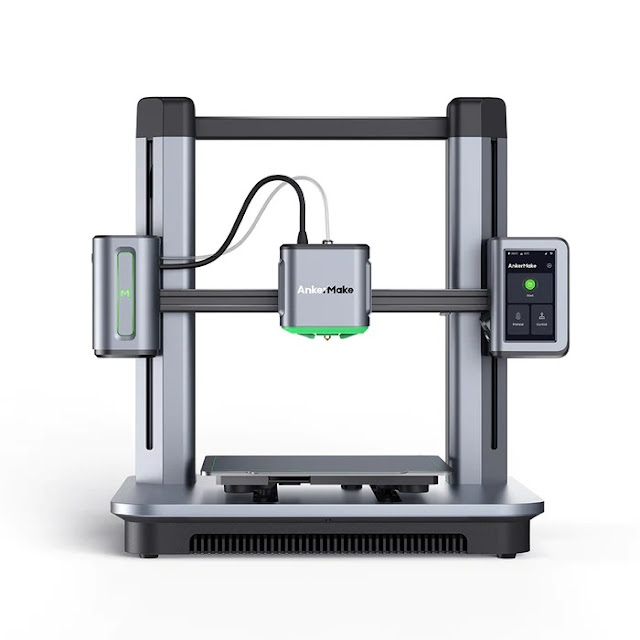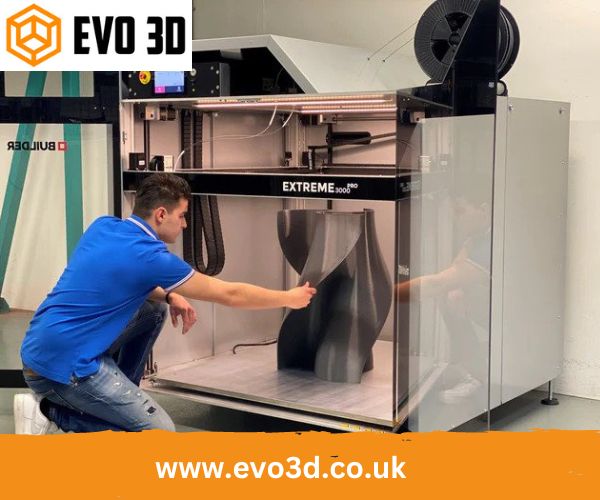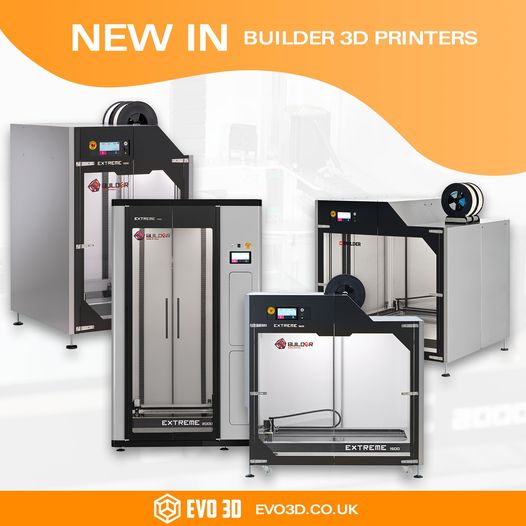Researching the Pros and Cons of Pellet 3D Printer for A Smoother Printing

Nowadays, 3D printers can work directly with resin pellets. It offers material flexibility but necessitates a deeper understanding of optimal ways to process each resin. Pellet 3D printing , or FGF (Fused Granular Fabrication) technology, is gaining popularity in industrial manufacturing. Direct printing using plastic granules has several benefits over traditional FDM technology. It is the only production method that is economically viable for some projects. It is Evo 3D, and in this article, we will discuss pellet 3D printing technology and its benefits. How Does Pellet 3D Printing Work? The same material extrusion technology used in FDM 3D printing is also used in pellet printing. The thermoplastic used to make building parts is different, and as a result, a unique extruder made to process plastic granules rather than FDM filament is needed. Although pellets are the starting point for the production of all plastic filaments, it makes sense to print straight from granular material ins





